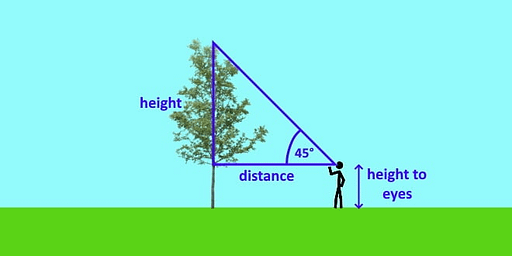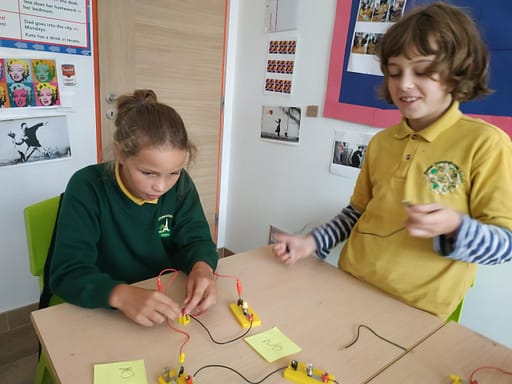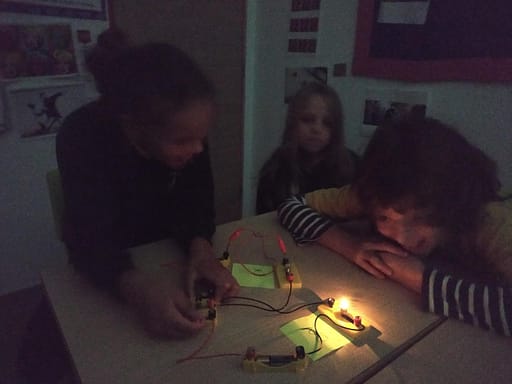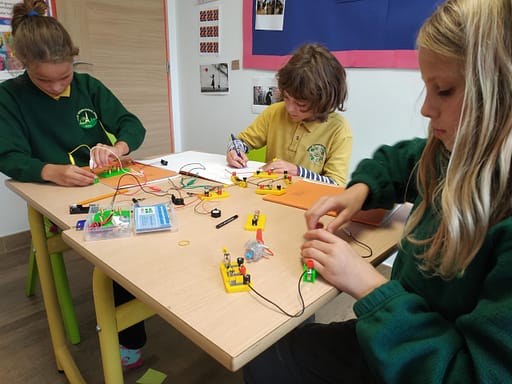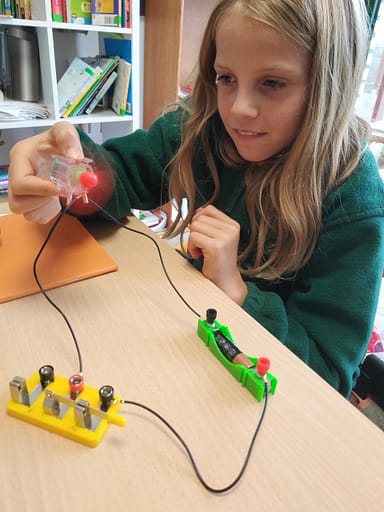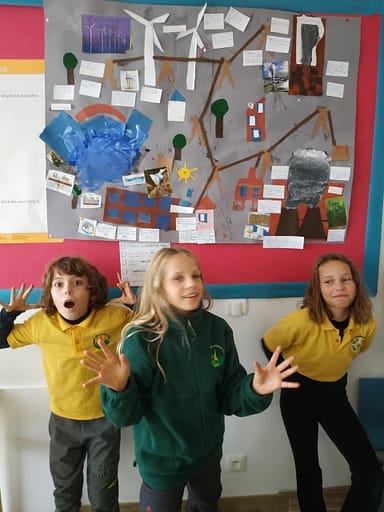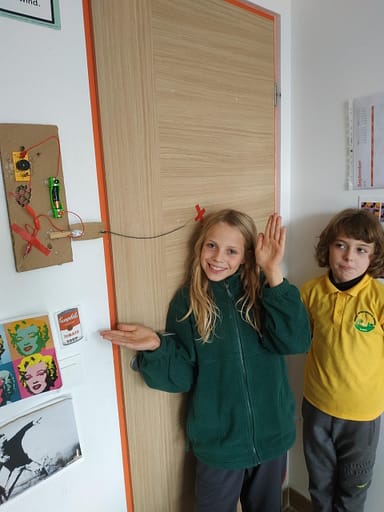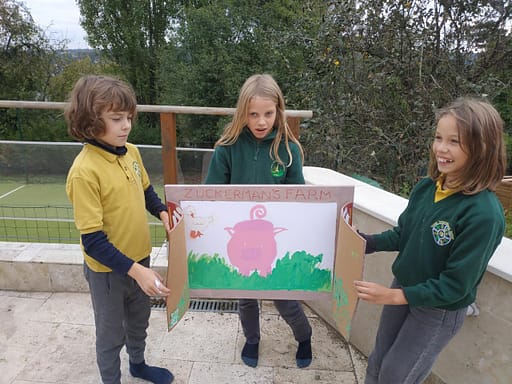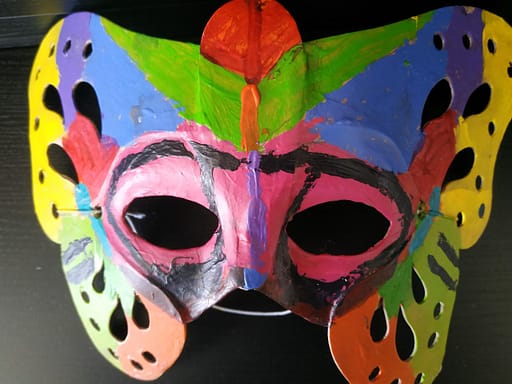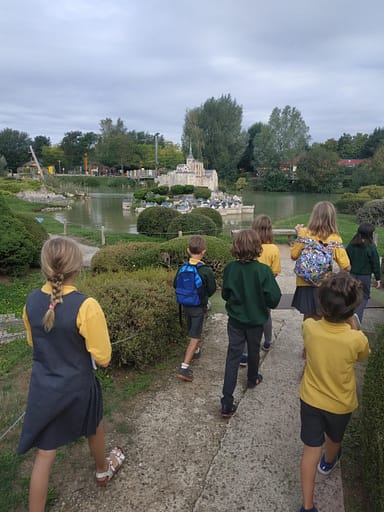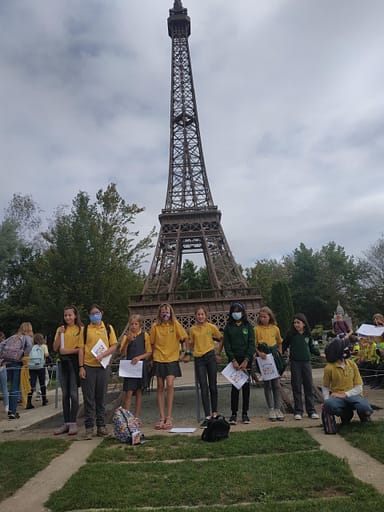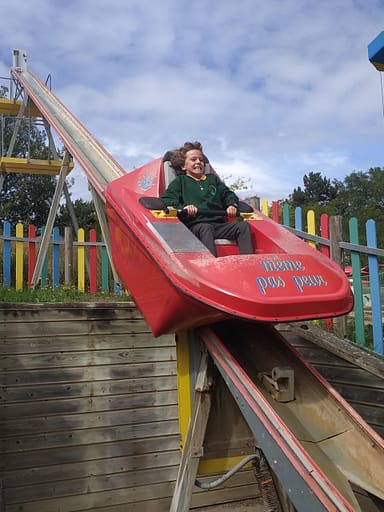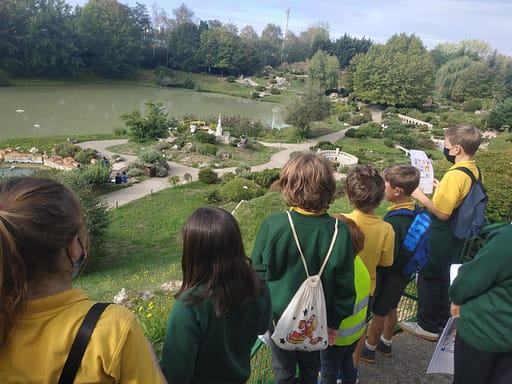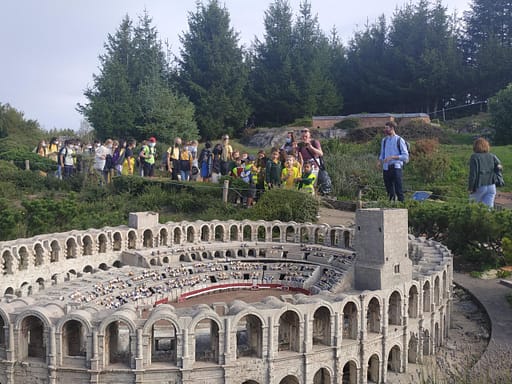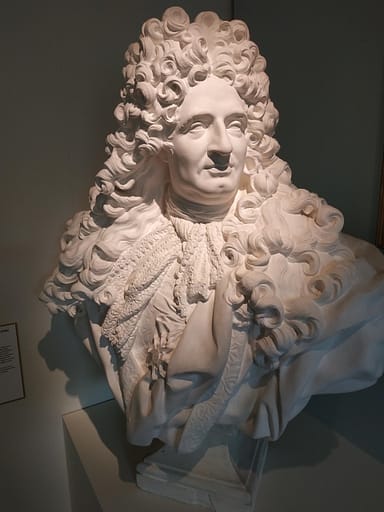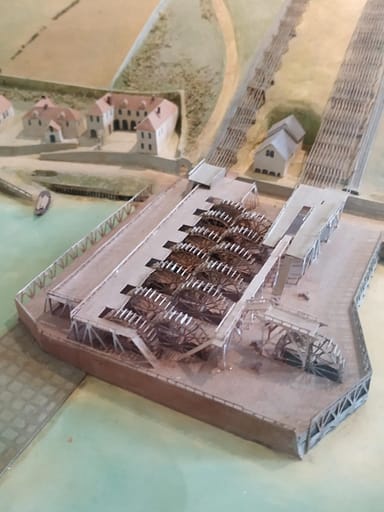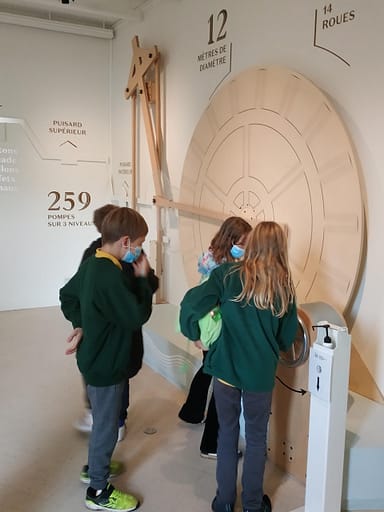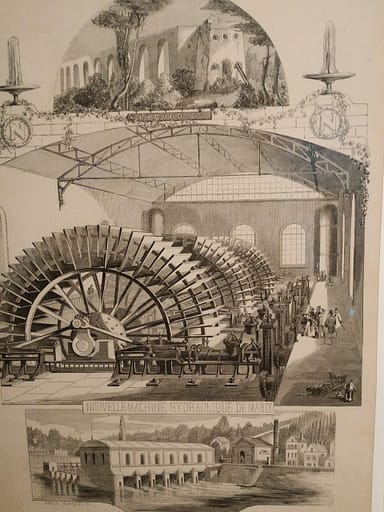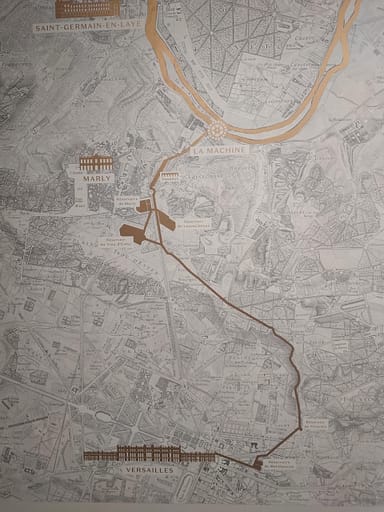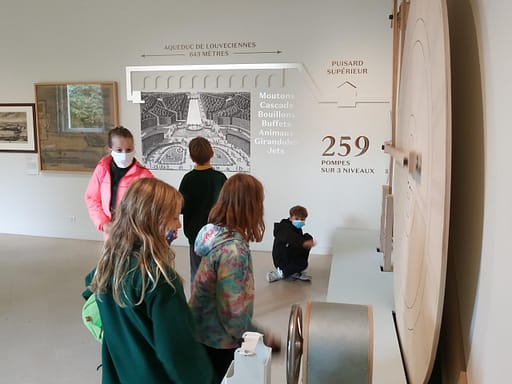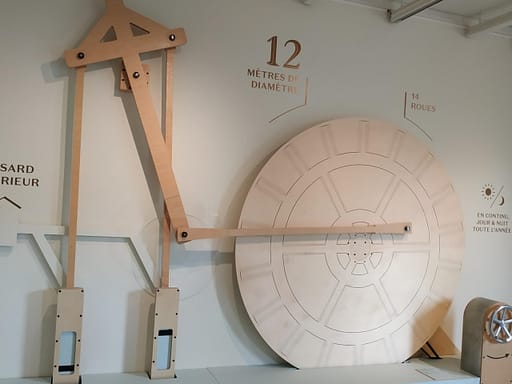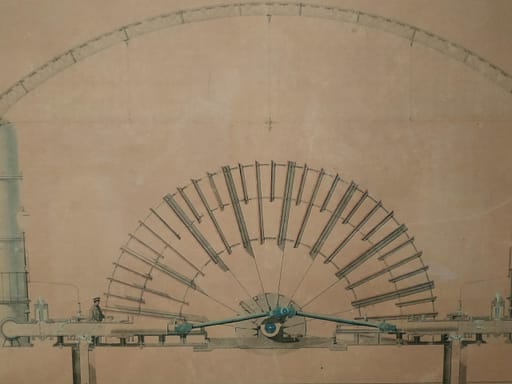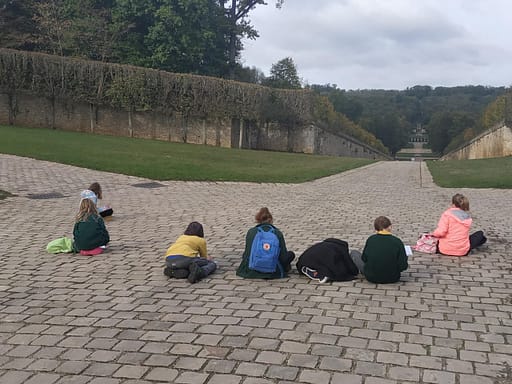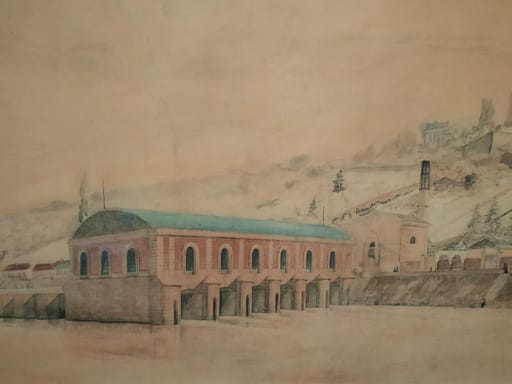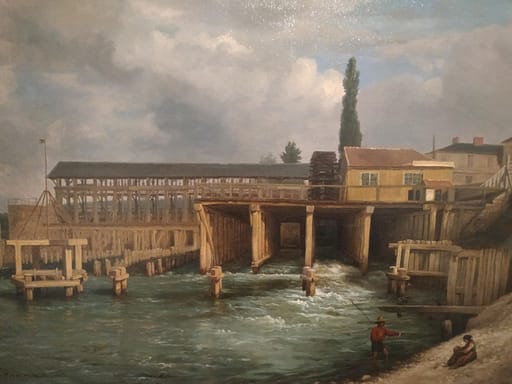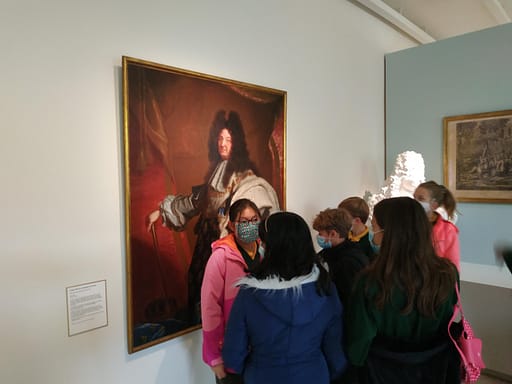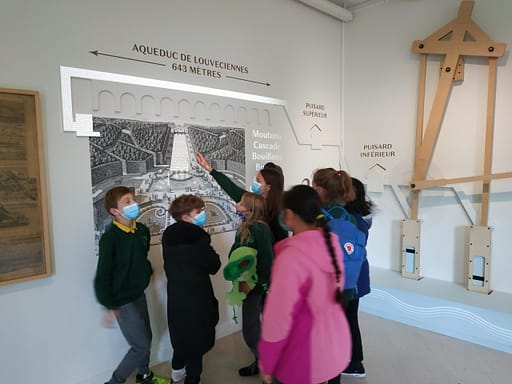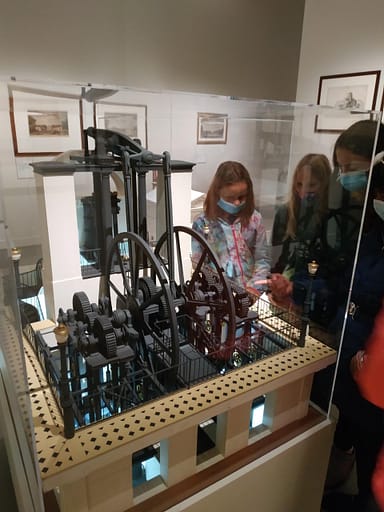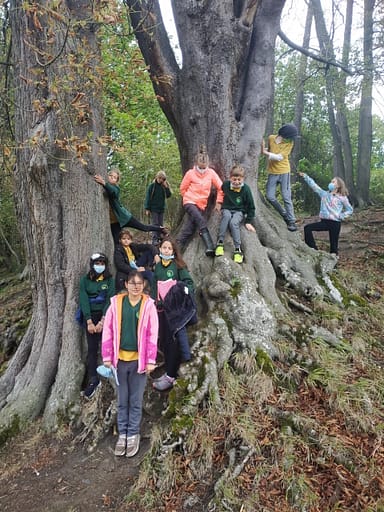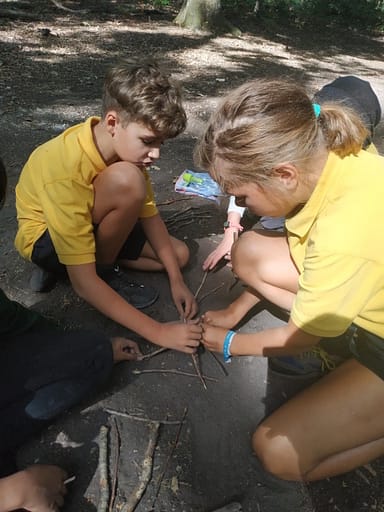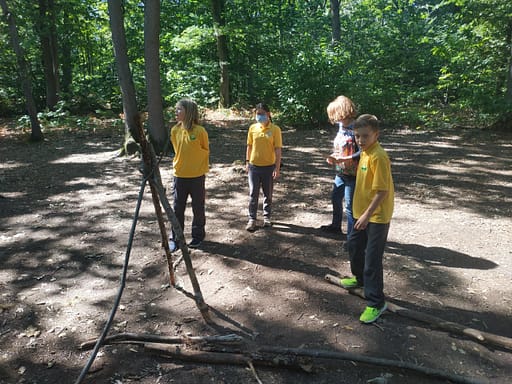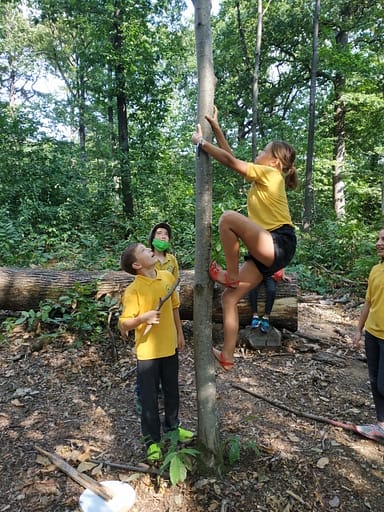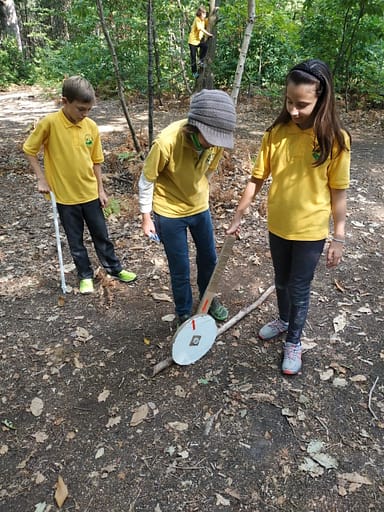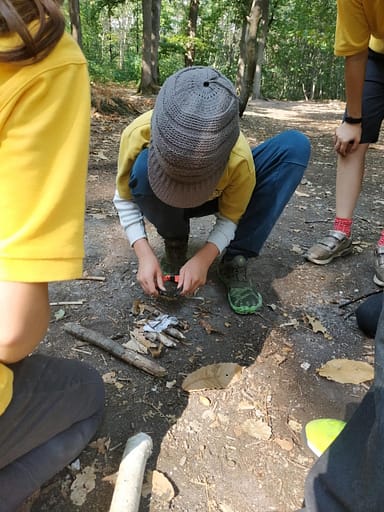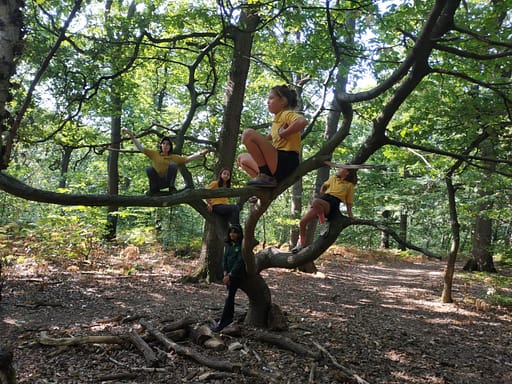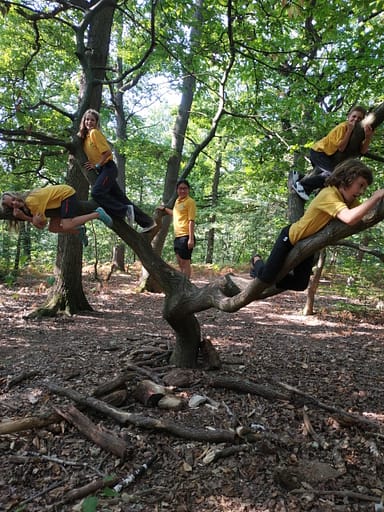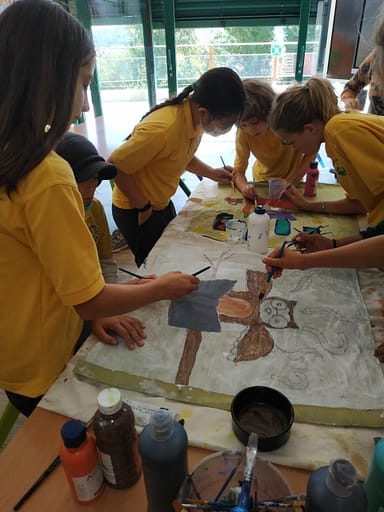“Community, Identity, Risk and Courage“
We are very different,
But we can all work as one.
Fantastic work, Oaks and Elms,
Work truly well done.
We can watch,
We can follow.
And good ideas,
We’ll borrow.
We can listen,
And we can dance.
We perform well together,
Together we prance.
Mathematics
We worked on counting, reading, writing and ordering whole numbers up to 100 000. The children ordered and compared two-digit, three digit numbers and positioned them on the number line. ‘The Crocodile Charlie’, who is really greedy, always eats the largest numbers. He showed the children where to use greater than > and less than < signs. We also counted and converted numbers into Roman numerals and symbols that Ancient Egyptians used in their time. The children refined their written methods for multiplication and division HTU × U, TU × TU, THU ÷ TU and HTU ÷ U. We also solved one-step and two-step multiplication and division word problems involving numbers, money and measures.
Reading, sketching, understanding,
That’s how you solve that word problem.
Deciding on and doing those operations,
Get’s you to the point, “I have solved them”.
Division is sharing,
So you number will be smaller.
Imagine that you have won that lottery,
And you have to share that one million dollar(s).
Chunking method,
Is quite easy to use.
Take small bites, then add them together,
And so your answer will be produced.
Science
We learnt about how electricity is produced and how it gets to our homes. We discussed advantages and disadvantages of renewable and non-renewable energy and what we can do to make our carbon footprint smaller. We learnt about different electrical components (e.g. bulb, motor, buzzer, switch, battery etc) their role and how they need to be connected to make an electrical circuit. We also investigated with various materials to find out which ones are conductors and insulators. Building on this gained knowledge we created our own burglar alarm.
Batteries, switches,
Light bulbs and motors.
Just give us some time,
and will invent some new rotors.
Producing electricity,
For our greener planet.
Enough of pollution,
We know you can’t stand it.
For Edison, and for Tesla,
And the boy who harnessed the wind.
Let’s do something together,
And let’s reduce our carbon footprint.
Machine de Marly ,
And those fancy fountains in Versaille,
It is good to be curious,
And ask questions like why.
Literacy
This term we have been reading the novel Charlotte’s Web by E.B. White.
We have studied the book in depth. We have enjoyed the unfolding story, reading it out loud together in class. We have examined how the author sets the scene and introduces the different characters. We have looked at farmers’ unsentimental attitude to their livestock and discussed our treatment of animals.
We have observed how the different animals are depicted in terms of temperament and behaviour and the methods the author uses to accomplish this. The switch from the human world to the animal is credible. How is this achieved?
We have also looked at attitudes to spiders and examined our own feelings about these creatures. A school survey undertaken by the class revealed that the arachnophobes outnumber the arachnophiles among us by a wide margin. We have done some spider research and discovered many interesting things about them. We have read poems about spiders and written our own.
In addition, we studied meter in poetry, as well as devices such as simile, onomatopoeia, repetition, personification, etc).
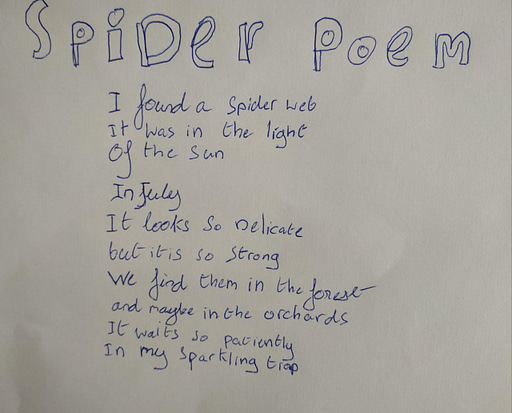
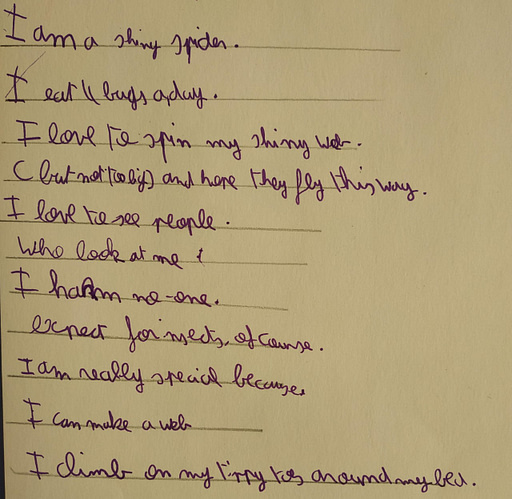
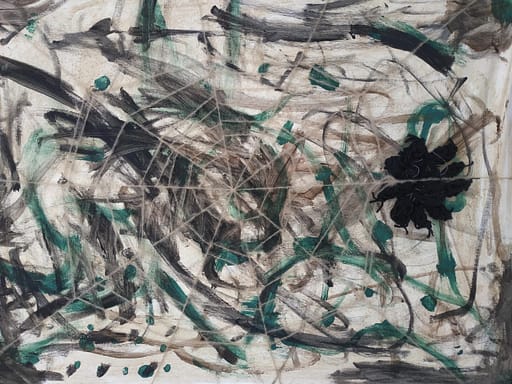
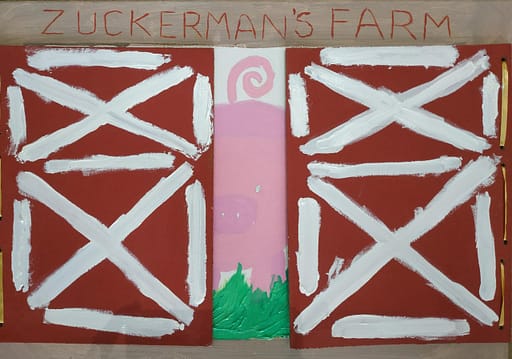
Another theme this term has been Identity. We have looked at our own identity, and how we see ourselves. How do others see us? Do we make assumptions about other people? We have reflected on the meaning behind the sayings, ‘Don’t judge a book by its cover’, and ‘Walk a mile in my shoes’.
There have been weekly spelling tests focusing on high-frequency words and those that arise in the class’s own writing. We use the Cambridge English grammar book for work on verb tenses, parts of speech and reading comprehension.
Art/Spanish Class with Mariana Gonzalez
Dans l’atelier d’espagnol par les arts du mois de septembre, les enfants ont fait la connaissance d’une artiste peintre mexicaine: Frida Kahlo.
Dans l’atelier créatif les enfants ont d’abord réalisé plusieurs exercices autour du portrait et de l’autoportrait et ils ont compris le contexte dans lequel Frida Kahlo a réalisé son oeuvre picturale. Ensuite, dans les cours de langue espagnole, les enfants ont appris le vocabulaire qui a entouré la vie de Frida.
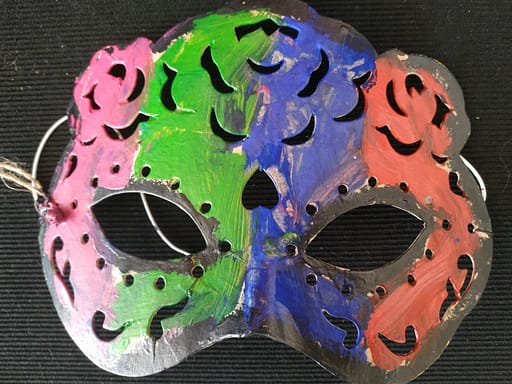
France Miniature
FISP students on their monumental discovery of France! Have you ever visited 117 French monuments in one day? We did and they were right under our feet. We walked through some of the most beautiful villages, picturesque castles and enormous ports, spotted some zooming trains and even lived through the Fort Boyard experience.
Musée Promenade/Machine de Marly
We visited the Musée Promenade, where we discovered many interesting facts about Machine de Marly and how King Louis XIV managed to have a large water supply for his fountains at Versailles without electricity. We explored different models of this engineering marvel, discussed the similarities and differences and how it had evolved with time.
Forest challenges/Forest exploration
